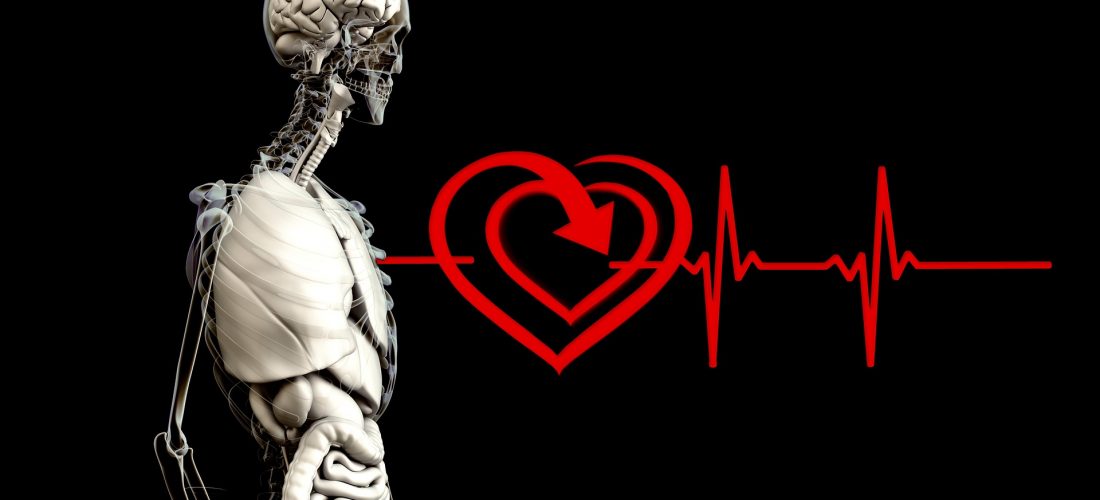The complete version of this article appears on TechCrunch.com
A while back I was flipping through my Facebook feed and stumbled across an interesting post from Jeremiah Owyang. He challenged people to, “name one job in the future that won’t be automated.” A bunch of different ideas popped into my head. Everything from doctors and lawyers to artists and athletes. One by one, I crossed them off the list. In the end I was stumped. I couldn’t think of one job that someday won’t be dehumanized.
I’ve said before there is always a tipping point — a specific number when it makes more sense to solve a problem with technology than it does to solve it with labor. But even then, the transition is rarely instantaneous or glaringly obvious. It usually happens over several iterations.
Jobs don’t just vanish, they evaporate.
That got me thinking about the process of automation. How does it happen? Are we running down hill trying to eliminate one job at a time, or are we walking down hill trying to eliminate them all?
The Nature of Work
As I see it, there are two kinds of jobs. First, you have mindless, repetitive labor. Those are the easiest to automate and the first to go. Foxconn for instance, recently announced they were reducing ”employee strength from 110,000 to 50,000 thanks to the introduction of robots.” Previously people were assembling products for Apple and Samsung. Now machines are doing it.
Solving Problems
The second kind of job involves problem solving. In architecture, it’s ideation and execution. In legal, it’s discovery and litigation. In medicine, its diagnosis and cure.
In nearly every industry, an inordinate amount of human capital is spent studying problems and determining solutions. Could AI do a better job? If it can, what happens to all the human problem solvers?
A Cost Center or a Profit Center?
Consider the legal market. Recently the law firm of Baker & Hostetler became the first to hire an artificial intelligence named ROSS to handle their bankruptcy practice. ROSS is a software program housed on IBM’s Watson platform.
At this point, it’s really more of a paralegal than an attorney. Paralegals by definition do research and conduct other tasks as assigned by the firm, but their work ultimately falls under the responsibility of an attorney. They do much of the discovery. Attorneys act on the results.
So, how will it impact paralegals and legal assistants? There are more than 270,000 paralegals in the U.S. alone; on average, they make about $50,000 yearly. It’s easy to think they’ll be quickly phased out.
But on average, paralegals work 40 hours per week and are expected to bill for 30 of them. The average billable hour for a paralegal is approximately $125 an hour. Assuming they work 48 weeks a year, they’re generating $130,000 per year in profit for their respective firms.
Cognitive computing is much faster. What takes a human hours can be done in minutes by a machine. While that’s clearly more productive than human labor, one has to question whether it can be as profitable.
Maybe it’s not a choice we get to make. Competitors leverage technology that drives cost out of the equation.
Any industry that’s heavily reliant on labor is poised for disruption.
To Err Is Human
Legal isn’t the only industry where problems can be better solved with technology. Consider the medical profession.
Doctors and other healthcare professionals rely on a process to identify and treat an illness. They typically use the SOAP method to manage and track their diagnosis.
But, too often, illnesses are misdiagnosed. One recent study suggested that it conservatively happens 5 percent of the time, resulting in 12 million diagnostic errors in the U.S. alone, each year. Other research suggests the frequency of misdiagnosis is more like 10-20 percent.
Could artificial intelligence be more effective?
Researchers at Indiana University found that machine learning could increase patient outcomes by 50 percent at about half the cost.
But will AI replace physicians? Probably not any time soon. As researcher, Casey Bennett said, “even with the development of new AI techniques that can approximate or even surpass human decision-making performance, we believe that the most effective long-term path could be combining artificial intelligence with human clinicians.” Bennett went on to add, “let humans do what they do well, and let machines do what they do well. In the end, we may maximize the potential of both.”
It seems the natural progression is for artificial intelligence to replace humans at what they don’t do well. Sooner or later, that translates into jobs. Maybe that means entire careers like medical assistants and paralegals, or maybe just fewer people doing those jobs.
A Pound of Cure
When does it cross the line, not only determining the diagnosis, but also applying the cure?
If your job is monotonous, it will likely soon be gone. Machines are more capable and cost less. If you solve problems for a living, you might have a bit more time. For now at least, artificial intelligence is better suited to handle the diagnosis. That probably means there will be fewer of you doing your job. Most of those who are, will be focused on the cure.
In the longer term though, even those jobs are ripe for extinction. As artificial intelligence becomes more sophisticated, it will be tasked not only with solving problems, but also finding better ways to deliver solutions.
Machines will get smarter, faster and even more proficient.
So it seems across nearly every industry, automation is silently creeping forward. In some cases, the goal is to wipe out entire job categories. In others, it’s a matter of thinning the herd until eventually none are left.
Which leads me back to the original question of which job won’t eventually be automated. I still can’t think of one.
READ THE ENTIRE ARTICLE AT TECHCRUNCH





